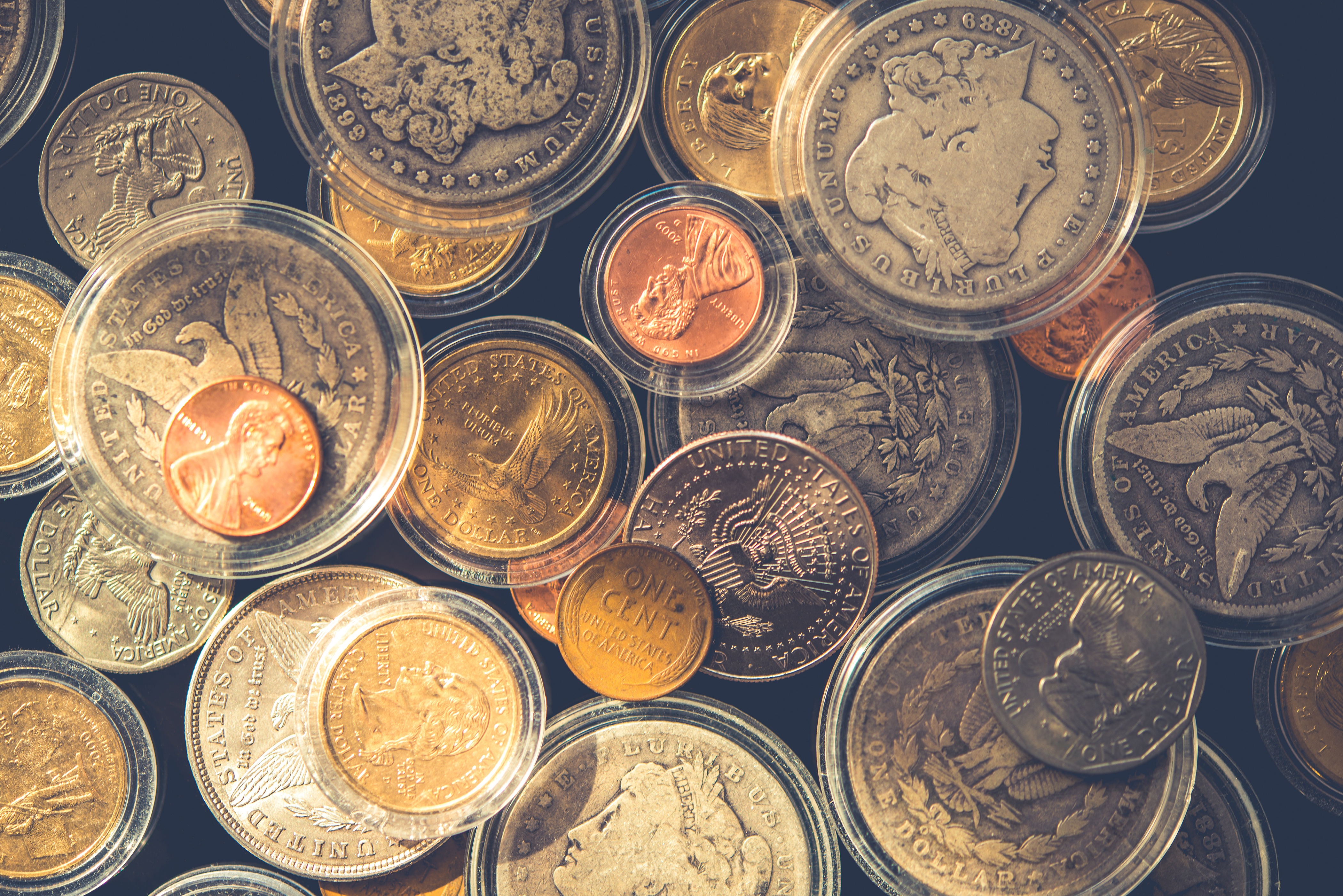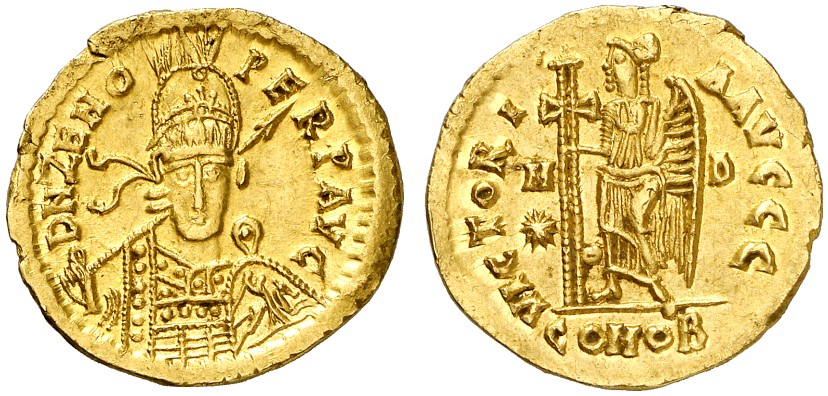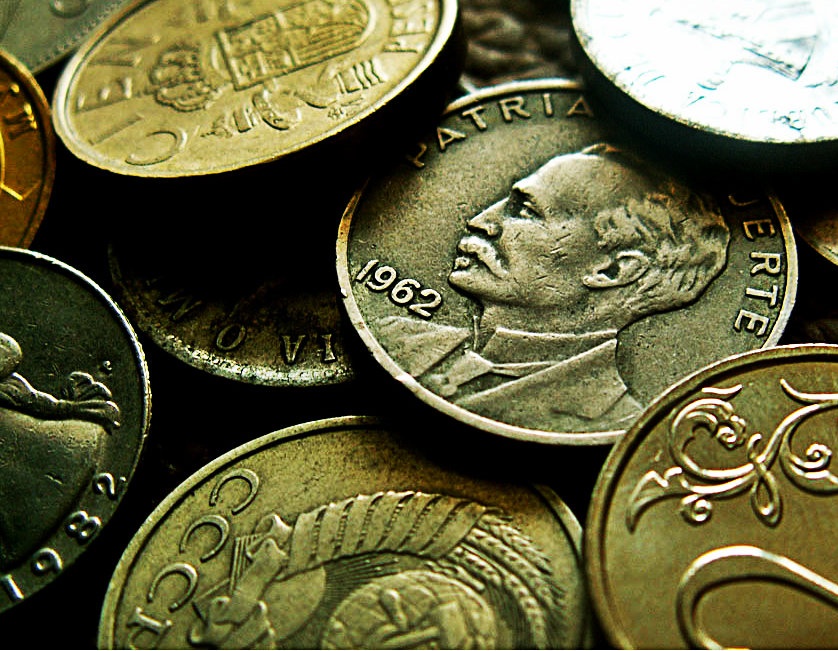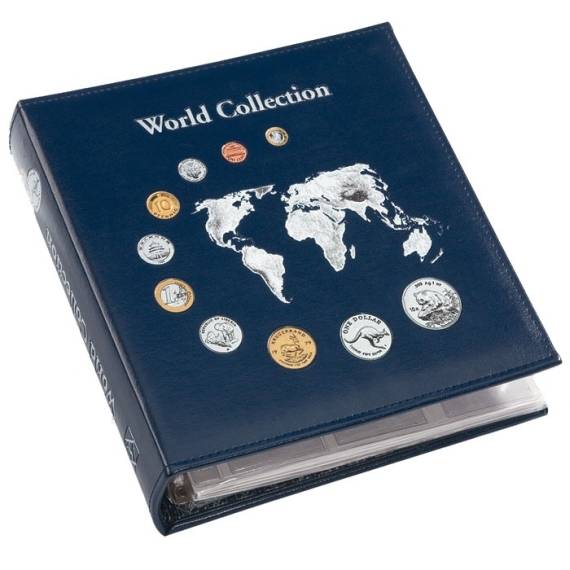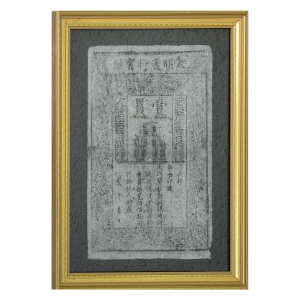But one thing
Oriental coins (VII-XXI century)
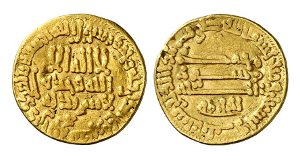 The conquerors of the territories that previously belonged to Byzantium were not familiar with the coinage before the reign of Muhammad, and therefore the history of the Arab coinage begins with imitation of coins of the Byzantine and Sassanian type. In part, these imitations were a rather loose interpretation of the original. Along with them, images of the ruling caliphs were minted on Arab coins.
The conquerors of the territories that previously belonged to Byzantium were not familiar with the coinage before the reign of Muhammad, and therefore the history of the Arab coinage begins with imitation of coins of the Byzantine and Sassanian type. In part, these imitations were a rather loose interpretation of the original. Along with them, images of the ruling caliphs were minted on Arab coins.
Around 696-698, Caliph Abdul-Malik ibn Mervan from the Umayyad dynasty (685-705) carried out a reform of the eastern monetary system. Continue reading
European coins and medals (XVI-XXI century)
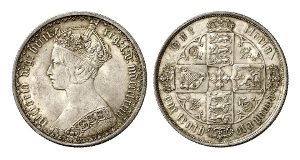 New time in numismatics begins in Europe around 1500 in the lands of the Habsburgs. In 1486, by order of the Archduke Sigismund (1439-1490), the Tyrolean guldengros was minted. It was the world’s first full-weighted silver coin, corresponding in value to the Rhine gold guilder. This coin became a model of European coins in the next 400 years.
New time in numismatics begins in Europe around 1500 in the lands of the Habsburgs. In 1486, by order of the Archduke Sigismund (1439-1490), the Tyrolean guldengros was minted. It was the world’s first full-weighted silver coin, corresponding in value to the Rhine gold guilder. This coin became a model of European coins in the next 400 years.
The name of this successful coin comes from the name of the location of the silver mines of Joachimstal, which were owned by the von Schlick counts. Hence the name “thaler”. Continue reading
Medieval coins (ca. 500-1500)
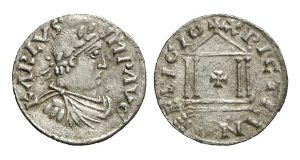 Medieval coins (ca. 500-1500)The Middle Ages spanned 1,000 years of European history, starting with the earliest chased coins of the German successor states of the Roman Empire during the Great Migration and ending with the coins of Emperor Maximilian I (1486-1519), the “last knight”.
Medieval coins (ca. 500-1500)The Middle Ages spanned 1,000 years of European history, starting with the earliest chased coins of the German successor states of the Roman Empire during the Great Migration and ending with the coins of Emperor Maximilian I (1486-1519), the “last knight”.
The Middle Ages opens up great opportunities for the collector. This area of collecting includes interesting types of coins of the era, which laid the foundations of modern European monetary and monetary affairs. Continue reading
